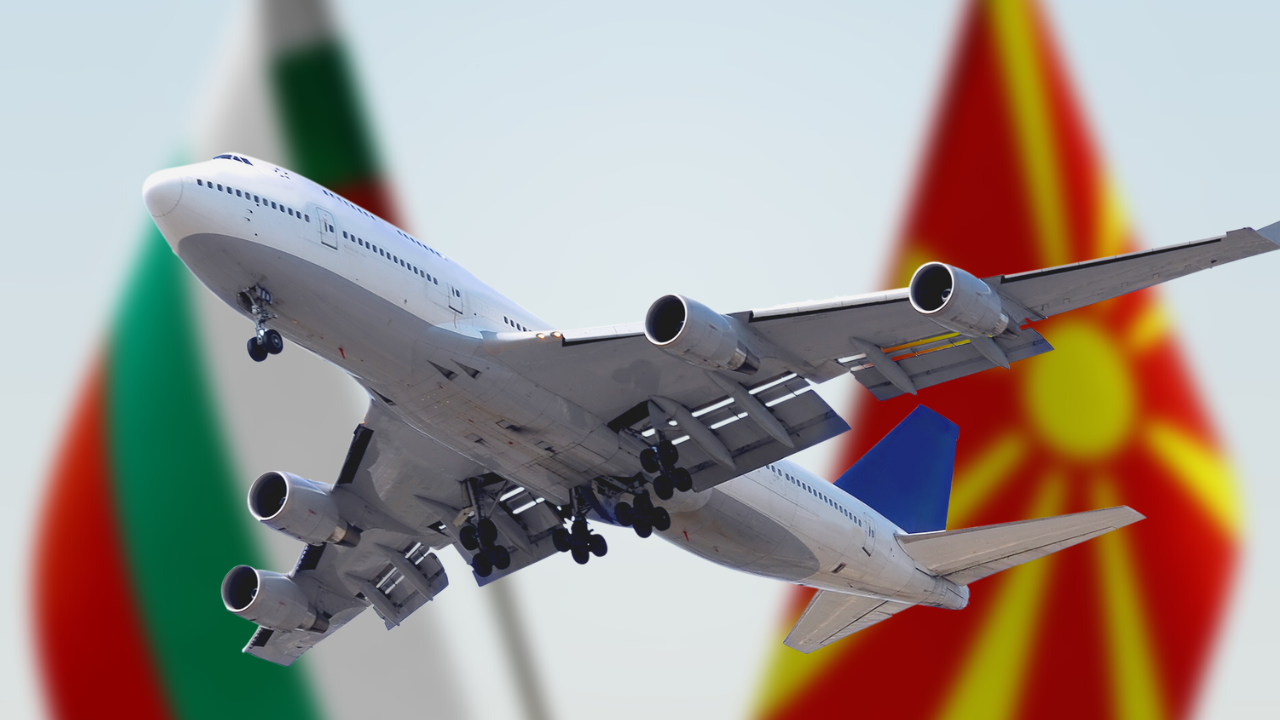She looked at parts of the old route and spoke to Bernd Langer, CDU representative of the Paderborn district in the association meeting of the Paderborn/Höxter local transport association (NPH), as well as Dirk Nölting, Stefan Kamender and Rainer Wester from the Almetalbahn initiative.
“The idea of reactivating the Almemetbahn was an interesting project anyway, but the noticeably higher energy prices have made it even more important,” says Hoppe-Biermeyer. Bernd Langer sees the train on the route from Paderborn to Brilon as a good alternative to private transport. “There is also a lot of potential for commuter traffic,” says the local politician, referring to the many students and employees who travel back and forth between Sauerland and OWL.
Whether and how the Almemetbahn can be reactivated depends primarily on the feasibility study commissioned by the NPH association assembly via the Westphalia-Lippe (NWL) special-purpose association. “The operating concepts for the route are already available. It is currently being examined whether an implementation is technically and economically feasible and sensible,” says Langer. A positive rating does not automatically mean that the route will go back into operation, Langer makes clear. “The biggest formal hurdles would then be removed,” says Transport Minister Ina Brandes.
Should the Almemetbahn be reactivated, the travel time between Paderborn and Brilon should be 56 minutes. A half-hourly service would be possible between Büren and Paderborn.
“The train would be an enrichment for the southern district and a good way to get to Paderborn or the Sauerland without a car,” says Rainer Wester from the Almetalbahn initiative. Enthusiasm for the project can also be heard from Brilon, say his colleagues Dirk Nölting and Stefan Kamender. “In Paderborn, the trains go into the connection system and would connect the Sauerland with Kassel, Göttingen and Bielefeld.”
Supporters of the project are also encouraged by the fact that 70 railway lines have been reactivated across Germany in the past 15 years. “Personal transport has increased massively over the past two decades. That’s why it will also be a task of reactivation to get people to travel by train again and to take them with us on this project,” says Bernhard Hoppe-Biermeyer. The Almetalbahn initiative is of particular importance in this regard. It was founded with the aim of closing information gaps on site and promoting reactivation in the communities along the route. It is a stroke of luck that the route is still dedicated as a railway line despite being closed. The initiative sees the route as an infrastructure project of great national importance to close the gap between East Westphalia and the eastern Sauerland.
At the on-site visit in Alfen, NRW Minister of Transport Ina Brandes made it clear how important it is to expand local public transport. “In order to achieve the climate goals, we need improved public transport. Our goal is improved mobility in public transport in North Rhine-Westphalia,” Brandes makes clear.
Home page –


